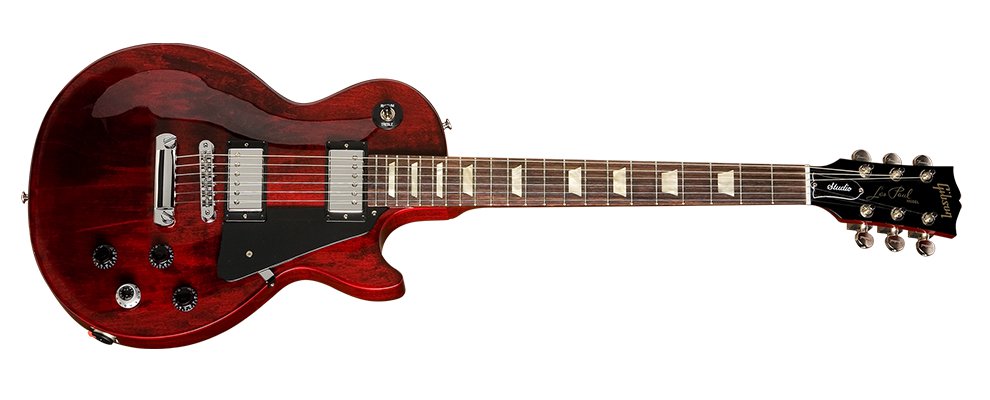The Rise and Fall of Gibson Guitars
- by Diane Scorpion
- in Latest

Gibson has a proud and successful history, supplying the world’s top musicians with their iconic range of guitars. Initially founded in 1902, manufacturing mandolins, the switch to making guitars in the 1930’s heralded a rise in their fortunes.
In 1952, Gibson introduced their most popular product to date; the Les Paul, its first solid-body electric guitar. The company went from strength to strength, but their reputation was tainted following a raid by the United States Fish and Wildlife Service.
In 2009, the authorities found illegal imports of ebony wood from Madagascar, and in 2011, wood was seized that had been mislabelled for customs purposes. The ensuing lawsuit cost Gibson $350,000 with the case raising concerns for musicians who feared that their instruments were now illegal, but thankfully, this was not true.
Now, Gibson Brands Inc. has hit the headlines again, having filed for Chapter 11 bankruptcy protection and closing down its consumer electronics division. A statement from the company emphasises that production of their guitars will continue: “Gibson Brands is not going out of business. The legal process is being used to implement a reorganisation of the musical instruments division, not liquidation. Please be assured that our commitment to quality products, warranties and customer-service policies are not changing.”
Numerous artists are known for their love of Gibsons, and several guitarists have had a model produced especially for them, including Angus Young of AC/DC whose signature SG has lightning bolt inlays.
Billie Joe Armstrong of Green Day uses several vintage 1950’s Les Paul Junior models and has put his name to a very limited range of acoustic guitars.
Other notable musicians who play Gibsons include Jeff Beck, Eric Clapton, Bob Dylan, The Edge, Peter Frampton and Dave Grohl.
or post as a guest
Be the first to comment.

